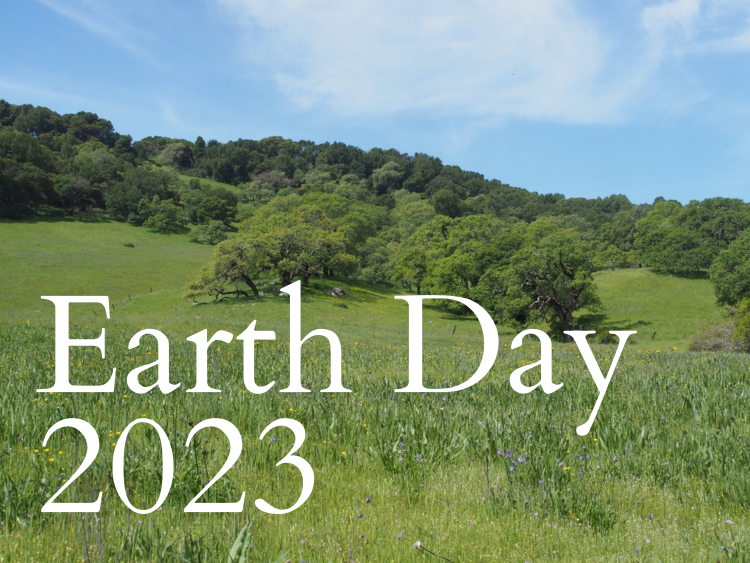This is Earth Week, and there’s no shortage of horrific news to report about the state of humanity and our relationship with the natural world that supports us.
For example, the most recent IPCC report suggests that unless we make major and politically unlikely shifts to reduce emissions and capture carbon, we’re on track to pass by the internationally agreed to 1.5-degree Celsius warming threshold that avoids some of the worst impacts of climate change, impacts we’re already witnessing every few days, it seems, from all around the world. Similarly, extinctions are happening at as much as 1000 times the normal rate, with catastrophic impacts possible for key services we rely on, including food and clean water, unless we slow this trend and conserve species and the living systems they make up. This is a critical time for people to pull together while there’s time to save ourselves from a huge, unfolding disaster, especially for our children. And yet, the trend, enhanced by the very tools that make us aware of the risks, appears to be that communities and nations are pulling apart.
Our age of hyper-information makes it easy to condense and relay these trends and crises. It also creates a disempowering information overload that is itself a crisis.
We need global solutions. But even though power concentrates in national capitols and international boardrooms, these actors draw their power from everyday people and their choices. An aware community, in the right place and time, has its own power to change things for the better. Our community is, one might argue, in exactly the right place to lead some of this critical change. And what is emerging here is inspiring.
We have neighbors working on changing policy at the state and influencing national policy to move us more rapidly toward climate solutions. We have neighbors working on innovations that draw down carbon and use it to make agricultural land healthier. We have youth bringing their voices into national conversations about climate and climate justice. We have several groups and agencies working to build networks of protected lands across the region, and others working in our landscapes to make them more resilient to change, including at the home landscape scale. We have other neighbors working to preserve critical areas of the marine environment. We have local agencies that model carbon free water and carbon-neutral home and business energy. Others are working to create a climate solutions center on part of the old SDC campus to expedite discovery of products and services to meet climate goals. Still others bring local groups together to facilitate action on critical common goals. And so much more.
For all this amazing work, there’s much more to do, and we need to better coordinate our efforts, share our successes, and learn from others around us and beyond. We are, whether we know it or not, already members of an international network of growing success. Perhaps we need to, collectively, see ourselves this way. There’s certainly no guarantee, but together we may be able to turn the corner on these crises.
If there ever were a time and place to make a difference, you’re living in it. Please do what you can. And don’t forget the human part, to also make time to inspire and recharge yourself. Earth Day happens at this time of year for a reason. It’s beautiful outside, in this year and place particularly so.
Happy Earth Day
By Richard Dale, Sonoma Ecology Center Executive Director

